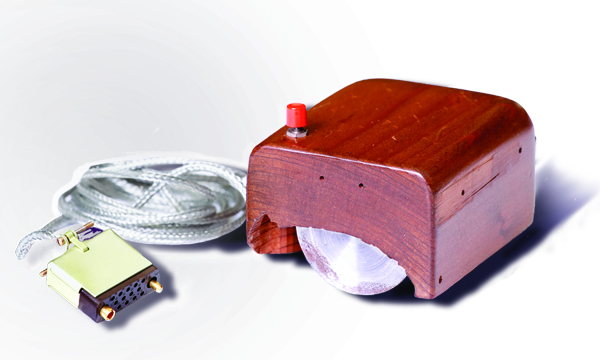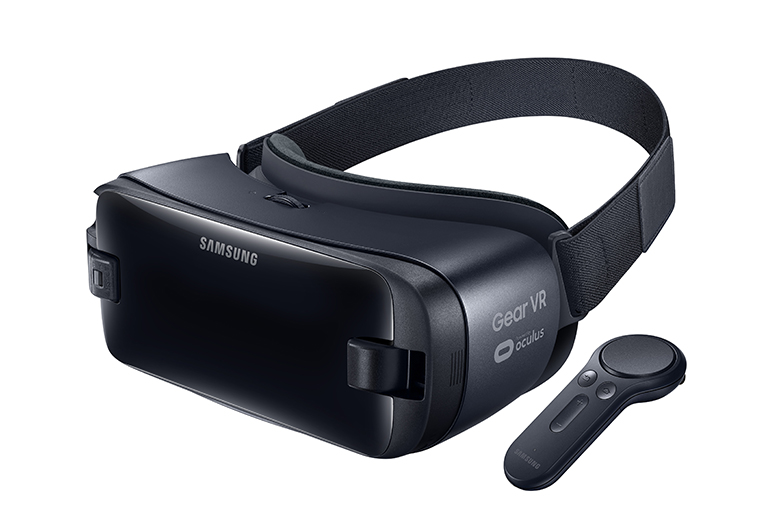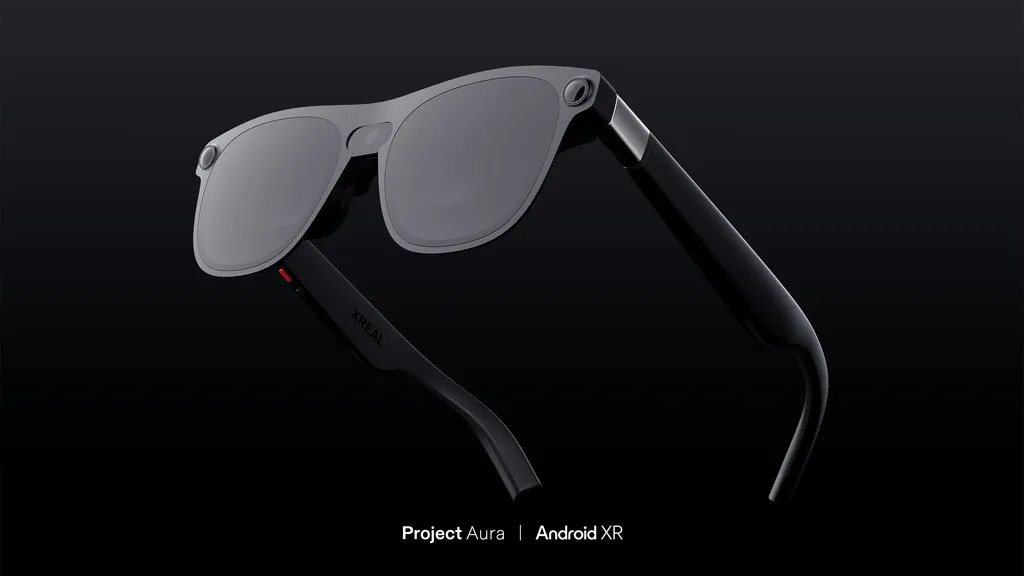Gear VR 2017: remote is the new mouse
2 days ago with a post on its blog, Oculus announced the launch of the new Samsung Gear VR. As always, with respect to the older version it is more powerful, more comfortable, more epic, it has more compatible content and blah blah blah. Honestly despite all the marketing words, I’ve not seen that much innovation in the different versions of Gear VR: the only thing that truly changes is the phone that you put inside it and that gives more horsepower to the graphics you see inside virtual reality.
This year, finally, Samsung and Oculus have introduced a true innovation: the remote. Oh, well, actually this is not a true innovation, since something similar was already present inside Oculus CV1 and Daydream, but it’s surely an innovation for this headset. And you know, I love remotes: if you’ve read my Daydream review, you know that I found it super-comfortable. Gear VR had to introduce it to not fall behind its competitor. Remote of Gear VR has 3-DOF so you can point objects and has 4 buttons and a touchpad to have super-easy interaction with the VR environment. If you’re thinking “it’s almost exactly like Daydream one”… yes, you’re right.

But I want to go beyond this news and let you think a bit about remotes. In the title I specified “remote is the new mouse” inspired by the popular serie “Orange is the new black”. The fact is that I think that among all human-computer interactions I’ve ever seen in VR/AR, remotes seem the most useful. Let me explain a bit: there is not a right input method for all uses, there are only input methods that are better than others on specific situations. For example we all love room-scale, but room-scale in a roller-coaster game is just stupid, so it’s worse than having a simple seated experience… got it? Ok, so now I can go on.
Mouse first prototypes appeared in the 60s and modern types emerged in the 80s. In these years it is slightly evolved (now it employs infrared sensors, it has the scrolling wheel, etc…) but it mainly remained almost the same. 35 years in computer science are like going from the Middle Ages to now in history. So, how has the mouse managed to survive all this long time notwithstanding all the computer revolutions? Well, it happened because the mouse is:
- Very simple to use
- Very comfortable. Your hand stays at rest on the desk and lazily moves it.

Despite the fact that super-hackers in TV movies just use keyboards to do everything, with mouse you can do lots of tasks with really few effort (so why Oculus hackers do not use it? Bah…).
In the smartphone world the touch has won because it follows the same principles: it’s simple and comfortable.
In VR, we have to found something with the same principles. Gear VR started with three kind of interactions:
- The gamepad. This is like pure evil, since it’s complex and no one has actually the willing to take it with him on a trip;
- The lateral touchpad. Nice try, but the fact that I have to keep my hands raised every time I want to interact makes it uncomfortable. Furthermore, touching the headset, that should stay fixed on my face, is not the best choice;
- Gaze. It’s ok if you have time to waste during your day: looking at an object for 2 seconds just to activate an interaction is so boring.
I know, you’re thinking: “But with Vive and Oculus you can interactly directly with your hands: it’s so natural and fantastic!”. Well, not. Oh, yes, it’s fantastic (even more fantastic with our ImmotionRoom solution)… but it’s absolutely not comfortable: you have to keep your hands raised and move them a lot to interact with objects. It’s absolutely cool and immersive, but not that comfortable: who wants to keep his hands raised for hours?
Furthermore there is an additional problem: what to use this input modality on. Let’s all remember one thing about Gear VR: from usage statistics emerges that lots of people use mobile headset to watch movies, photos and 360videos. Netflix is a very popular app on this platform, for example. So, having super-complex controllers like Oculus Touch is absolutely useless: the ideal controller for GearVR is something that lets users select lazily a movie, start it, pause it and so on. So, I want to lie on my bed with Gear VR on, watch a movie and with my arms at rest just move the movie backward if I want to re-live some moments. And guess what’s the ideal controller for all of this? Exactly, the remote. With a pointing function to select the movie and some buttons to make it go back, forward and so on.
With remotes the arm can really rest, and you can just move a little the wrist and the fingers for occasional usage. Furthermore, being little and ergonomic, your fingers can stay at an almost-rest position, so it’s really comfortable. It’s like a mouse, but for VR.
It is not by chance that Oculus, Gear VR and Daydream have remotes. We may say that Hololens too has something like a remote (the Clicker), that lets you just move lazily a finger to click, instead of making a pinch gesture every time (pinching makes you appear super-cool, but trust me: at the 1000th pinch you have to do, your fingers start crying). The only one not present at the remote-party is Vive. Reason is that Vive has invested since the beginning on room-scale, natural interactions and so on… so it would not be that coherent for their platform. Furthermore, the Vive controllers, as the Oculus Touch, can surely be used as pointers, so can be used somewhat as remotes (even if they’re surely not super-comfortable). And OpenVR is an open platform, so something compatible can be created.
So, all praise the remote… and the people sharing this article on their social channels 🙂
(Header image by Oculus)
Disclaimer: this blog contains advertisement and affiliate links to sustain itself. If you click on an affiliate link, I'll be very happy because I'll earn a small commission on your purchase. You can find my boring full disclosure here.



